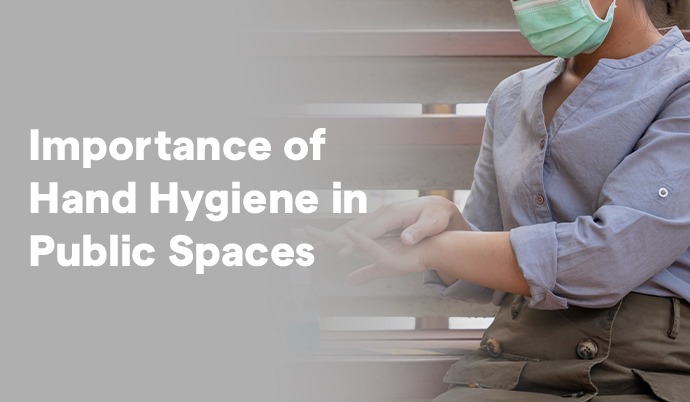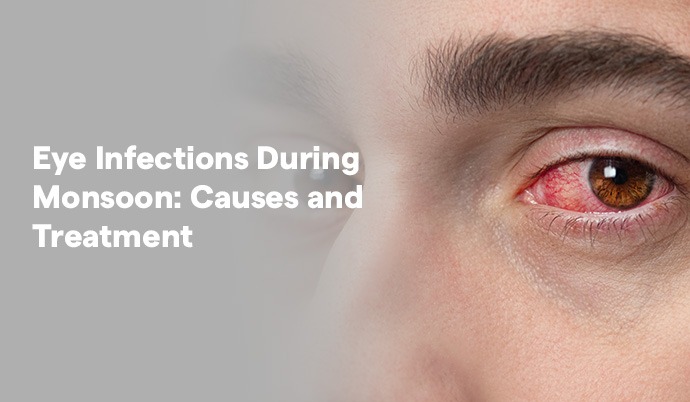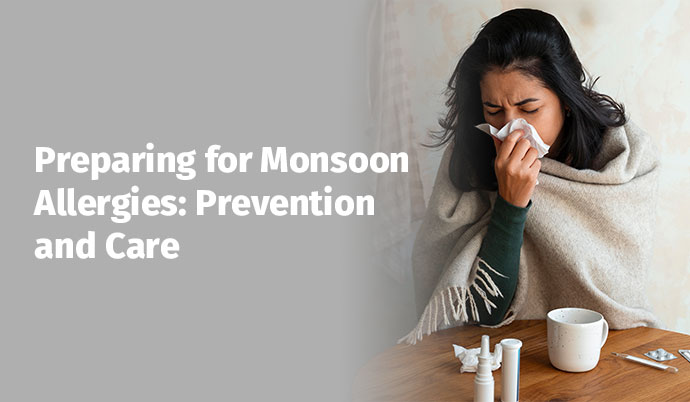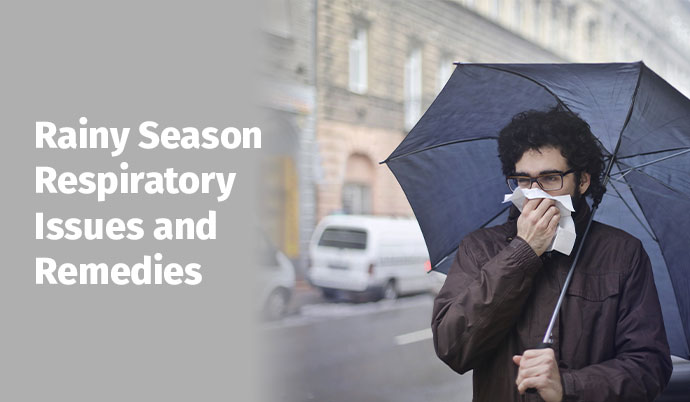
The WHO-UNICEF Joint Monitoring Reports released in 2023 revealed that at least 40% of government health facilities in India do not have basic hand hygiene equipment in locations of care, and a survey conducted by WaterAid India in 2022 showed that only 6 of 10 government urban toilets in India had functional handwashing facilities that provided water and soap.
What’s more? According to a report conducted by the Indian Council of Medical Research, only 1 out of 4 Indians wash their hands following loo visits with soap, irrespective of being aware of the dangers. It is ironic, but more painful than Dettol on a clean wound. In a nation where density and crowd overlap with each other every single day, it is not a health hiccup but a leading health disaster on the threshold.
Hand Hygiene: It is more than a habit, it is a Heroic act
It does not take long to become a clean freak, much less be a saint. Let us not beat around the bush; in India, we touch everything. The pani puri counter, the autorickshaw handle, the elevator button in a mall, the shared office mouse, all of them are the incubators of bacteria, viruses and anything that the day has decided to sling at us. Yet we do not wash up all the time before eating or after getting out of the door. You need good hand hygiene as the first defence mechanism to avoid getting the common cold, or even something more menacing like the norovirus, typhoid or Hepatitis A.
Clean hands = fewer germs = fewer infections. It is a matter of biology and not rocket science.
Public Areas are the New Germs Central
Well, why don't we have a stroll in some of the busiest open areas of India?
Knowledge vs. Practice
This is where it gets crazy. Indians are aware that hygiene is significant. An after-pandemic Knowledge, Attitude & Practice (KAP) survey showed that 87% of Indians feel that washing their hands can help prevent the illness, but only 41% use soap to wash their hands in the presence of a crowd. What is the cause of this huge decline between intention and action?
The culture exists, we clean ourselves before pooja, after having food and on festivals. But out in the street? What we do is snooze hygiene.
Spread of Hand-to-mouth diseases
Dirty hand is the expressway towards:
Food Poisoning and Stomach Infections
And these not only directly affect health, but they also affect attendance at school, efficiency at work and healthcare costs. Simply, dirty hands are not cost-effective either.
COVID-19 made us his walking disinfectant machine. We disinfected phones, groceries, doorknobs, and our souls, why not! But post-2022? Again, we are falling. Sanitiser bottles, which used to dominate glove compartments, are now rolling under the car seat, long forgotten. We should not wait until the next outbreak and then put into practice what we have already learned. How can we do a clean-up of our act?
1. Bring Your Hygiene Army
2. Construct Hygiene Framework
3. Begin at the beginning: Start with Kids
4. Behavioural Nudges Do Miracles
Government & Brands Need to Step Up
Not only is Negligence dirty; it is Deadly
The lack of care when it comes to hand hygiene is not like a sneezing case or a stomach ache case here and there, but it is a complete health menace. The mysterious cause of thousands of hospitalisations annually in India is:
Indeed, it is reported that some 525,000 children under the age of five lose their lives annually to diarrhoeal diseases, most of which can be prevented by washing hands.
One dirty hand can cause the domino effect, leading to gastroenteritis outbreaks among communities and causing antibiotic resistance and even maternal and neonatal infection during birth. Hepatitis A, hand-foot-mouth disease, and such infections are being passed along in the adult population the way gossip travels through a local commuter train. It is not only a hygiene flop, but also an epidemic boiling up on our fingertips.
Make hygiene a mandatory option, not a fuss. We live in a universe of beauty makers and skincare regimens, so why not begin praising clear hands as well? Hygiene is not dull. It’s powerful. It’s personal. And in India, where just a handful of grime can affect a hundred, it is a revolution. We are finding intelligent cities, launching treasure troves, and creating unicorn data sets. But when our citizens continue getting sick due to diseases that may be prevented with 20 seconds of soap, what is the purpose?
The revolution does not begin with plans by the government or viral movements. It begins when an individual makes a choice not to eat a golgappa without resorting to washing of hands. As a cleaner India begins not only at home, but on your fingertips. Swachh haath = swasth desh. If even after careful precautions, you are suffering from hygiene-related infections, feel free to consult a specialist and book an appointment at Sir Ganga Ram Hospital today.




